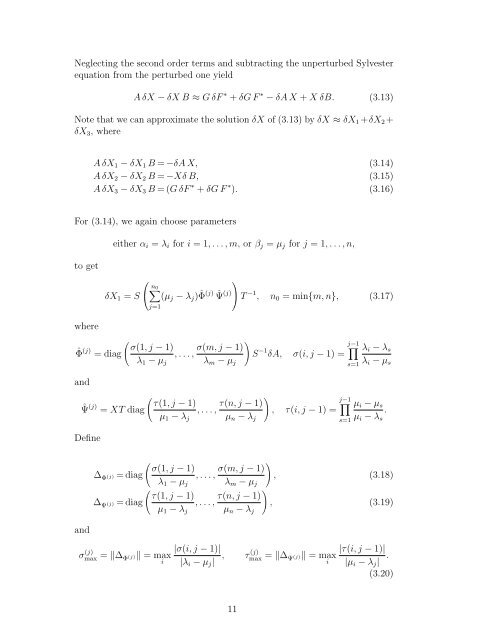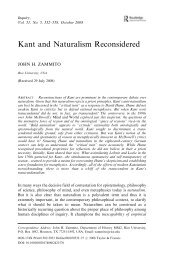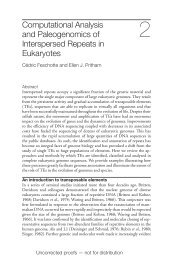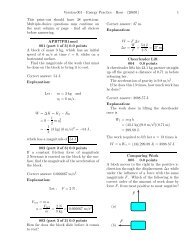Low Rank ADI Solution of Sylvester Equation via Exact Shifts
Low Rank ADI Solution of Sylvester Equation via Exact Shifts
Low Rank ADI Solution of Sylvester Equation via Exact Shifts
You also want an ePaper? Increase the reach of your titles
YUMPU automatically turns print PDFs into web optimized ePapers that Google loves.
Neglecting the second order terms and subtracting the unperturbed <strong>Sylvester</strong>equation from the perturbed one yieldA δX − δX B ≈ G δF ∗ + δG F ∗ − δA X + X δB. (3.13)Note that we can approximate the solution δX <strong>of</strong> (3.13) by δX ≈ δX 1 +δX 2 +δX 3 , whereA δX 1 − δX 1 B = −δA X, (3.14)A δX 2 − δX 2 B = −Xδ B, (3.15)A δX 3 − δX 3 B = (G δF ∗ + δG F ∗ ). (3.16)For (3.14), we again choose parameterseither α i = λ i for i = 1, . . . , m, or β j = µ j for j = 1, . . . , n,to get⎛∑n 0δX 1 = S ⎝ (µ j − λ j )ˆΦj=1(j) ˆΨ(j)⎞⎠ T −1 , n 0 = min{m, n}, (3.17)whereˆΦ (j) = diagandˆΨ (j) = XT diagDefineand( )σ(1, j − 1)j−1σ(m, j − 1), . . . , S −1 ∏ λ i − λ sδA, σ(i, j − 1) =λ 1 − µ j λ m − µ j s=1λ i − µ s( )τ(1, j − 1)j−1τ(n, j − 1)∏ µ i − µ s, . . . , , τ(i, j − 1) = .µ 1 − λ j µ n − λ j s=1µ i − λ s( )σ(1, j − 1) σ(m, j − 1)∆ Φ (j) = diag, . . . , , (3.18)λ 1 − µ j λ m − µ j( )τ(1, j − 1) τ(n, j − 1)∆ Ψ (j) = diag, . . . , , (3.19)µ 1 − λ j µ n − λ jσ (j)max = ‖∆ Φ (j)‖ = max|σ(i, j − 1)|i |λ i − µ j |, τ (j)max = ‖∆ Ψ (j)‖ = max|τ(i, j − 1)|.i |µ i − λ j |(3.20)11
















